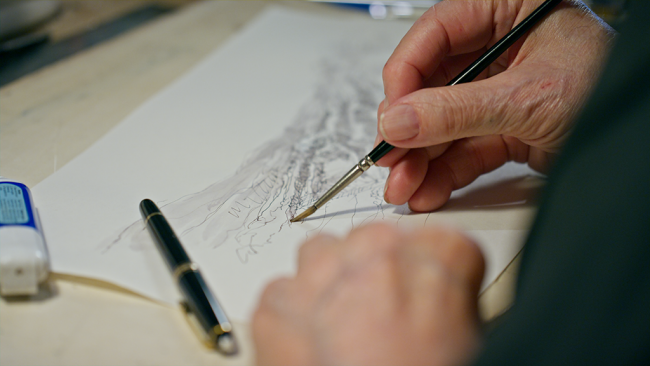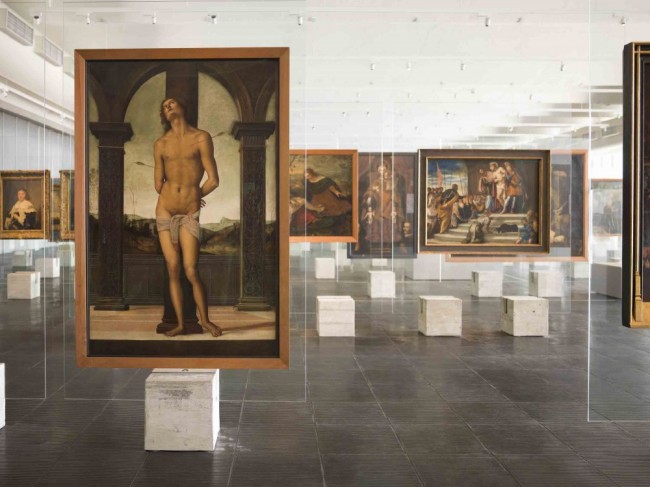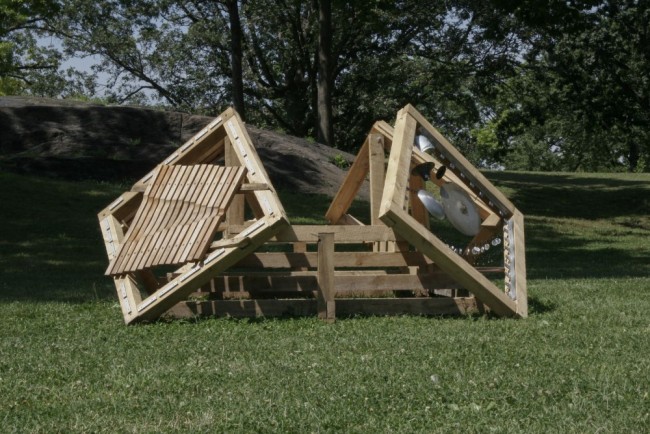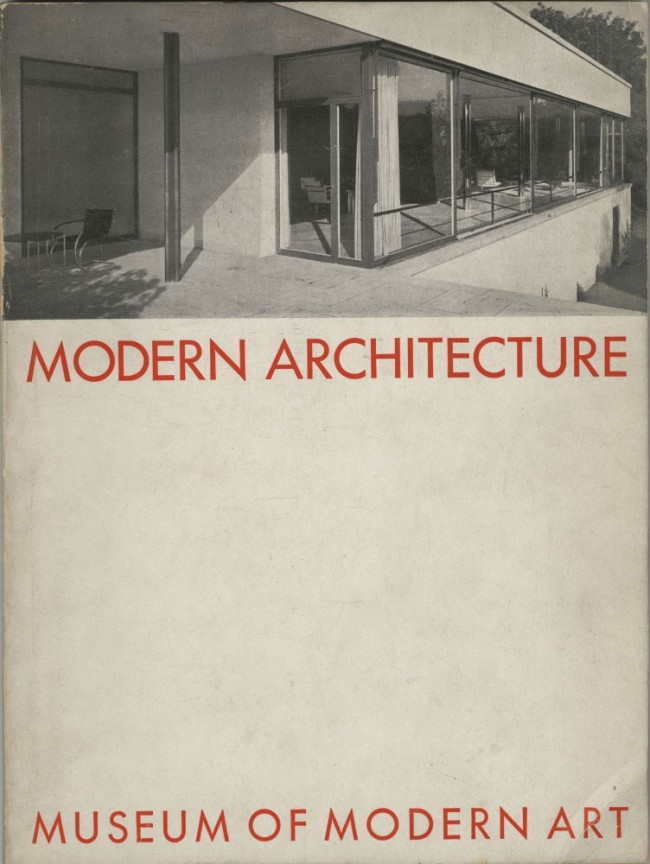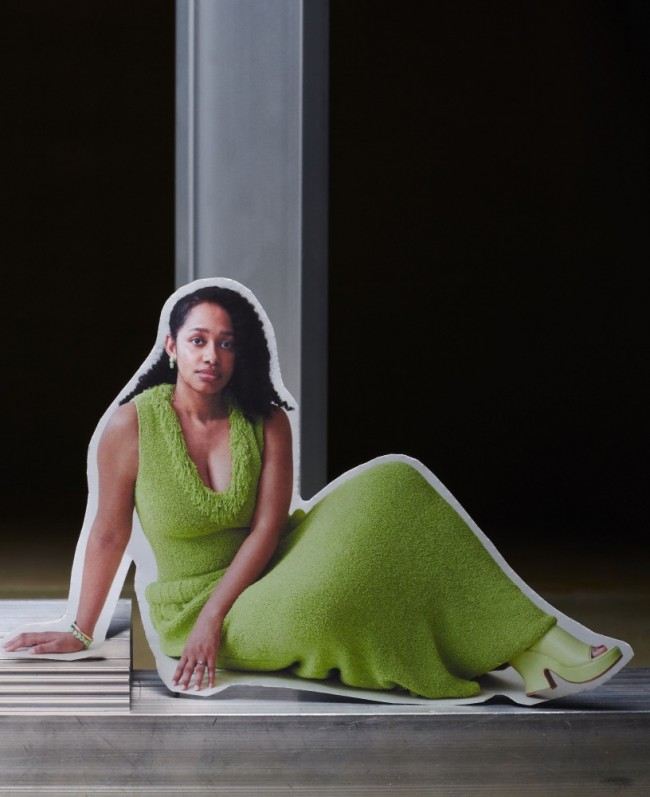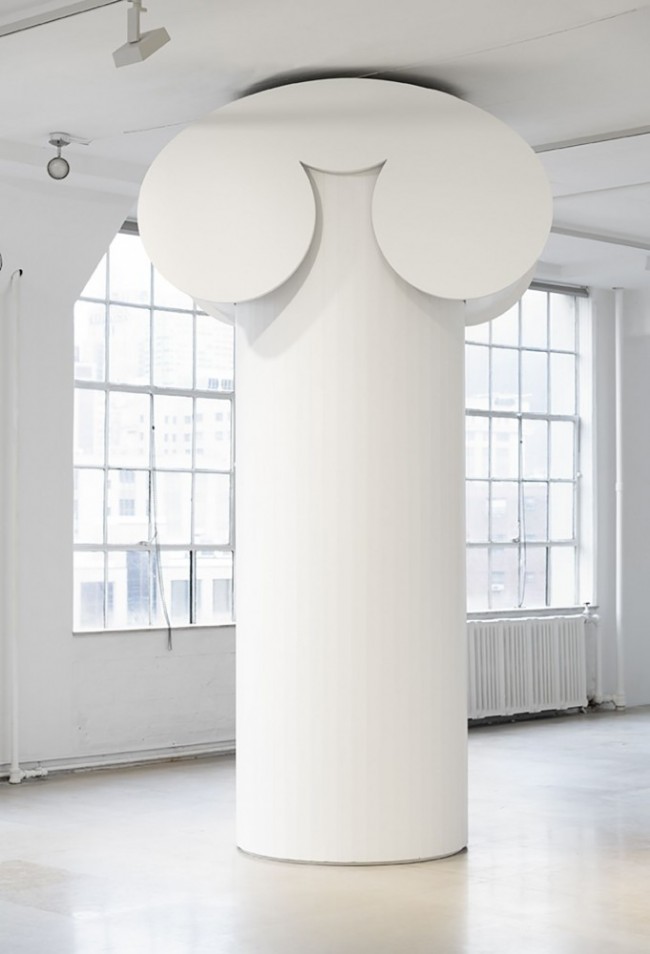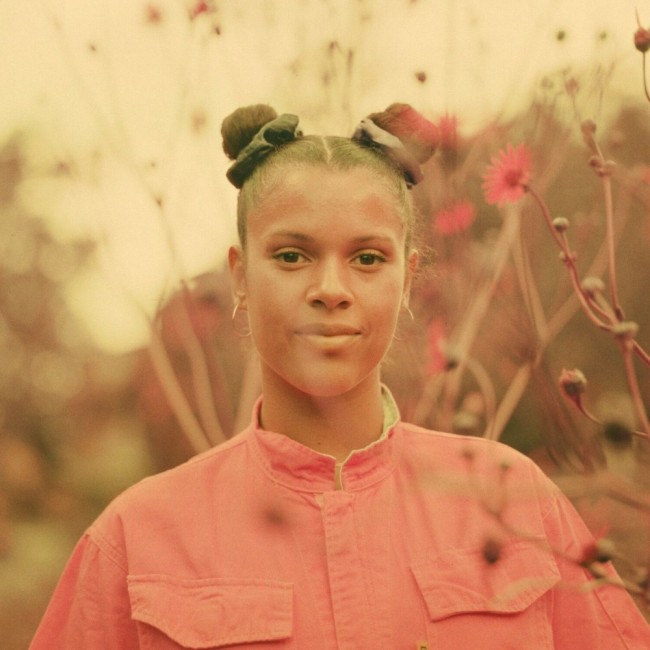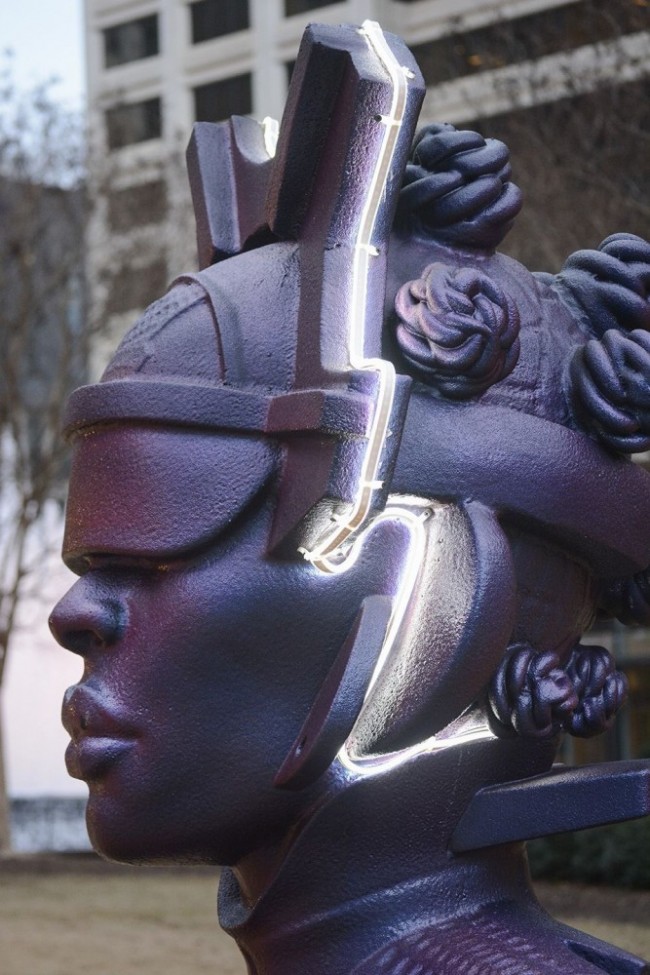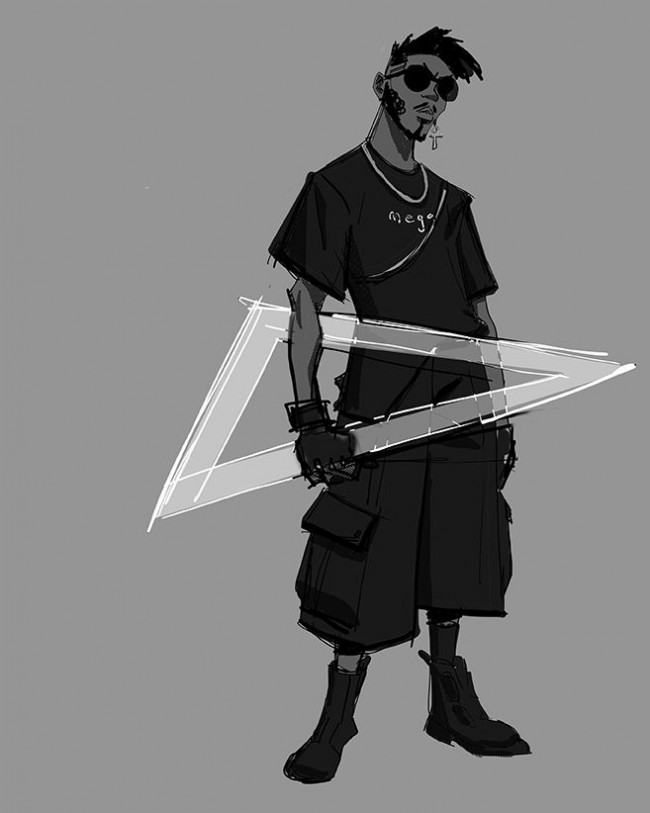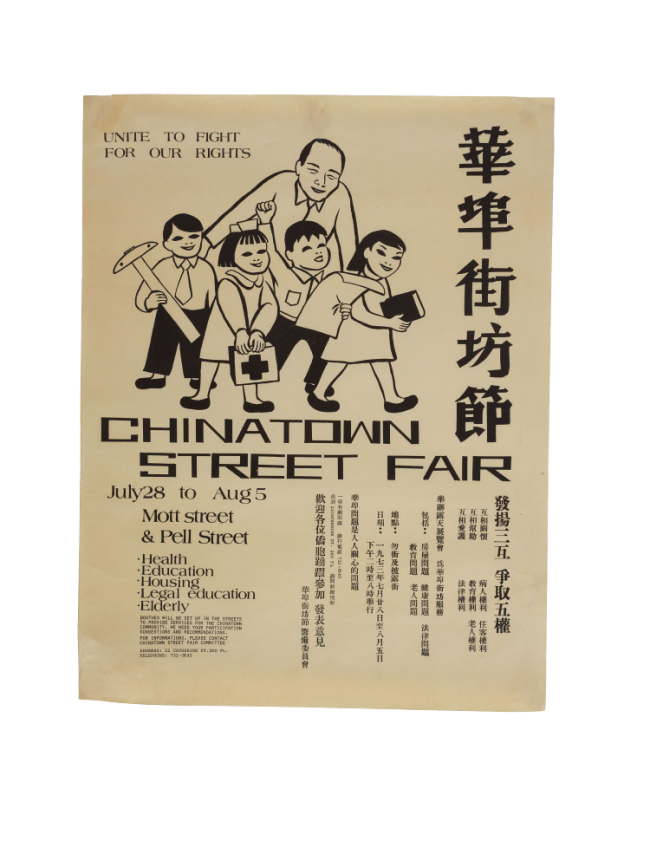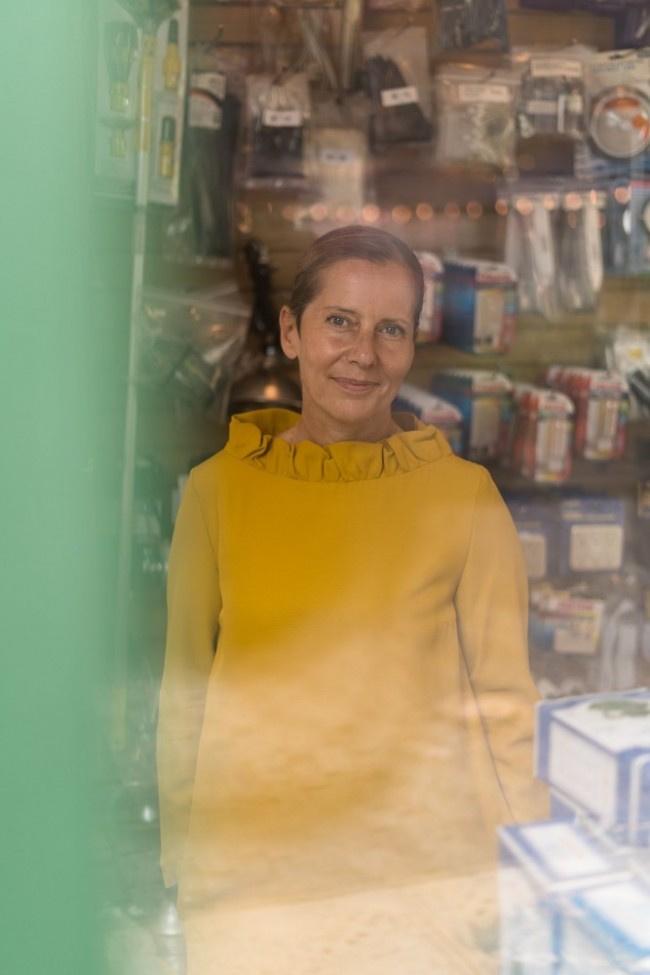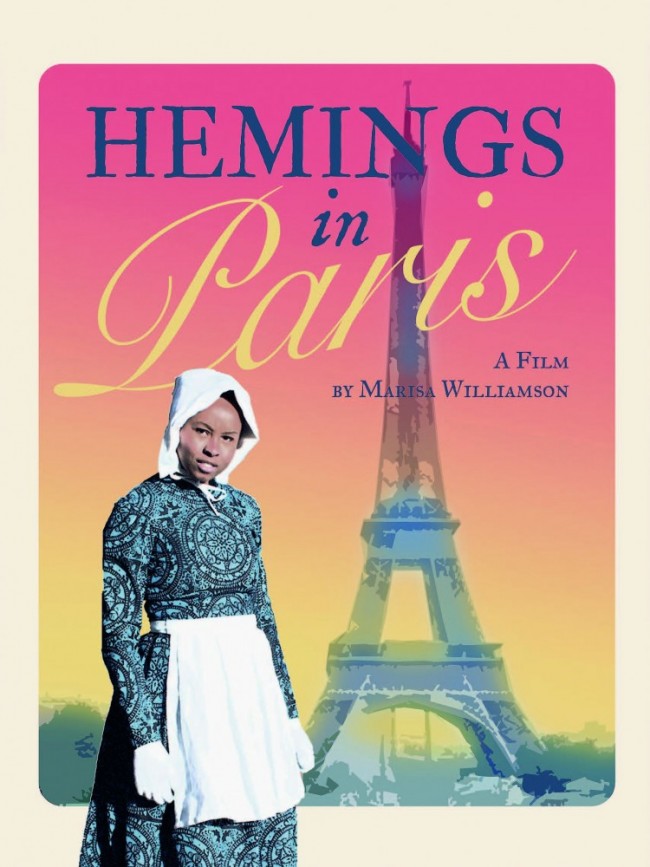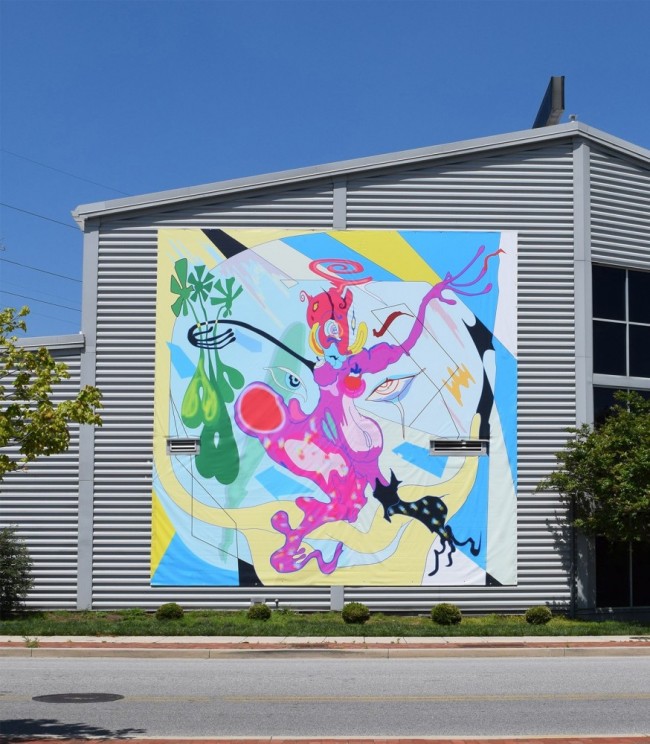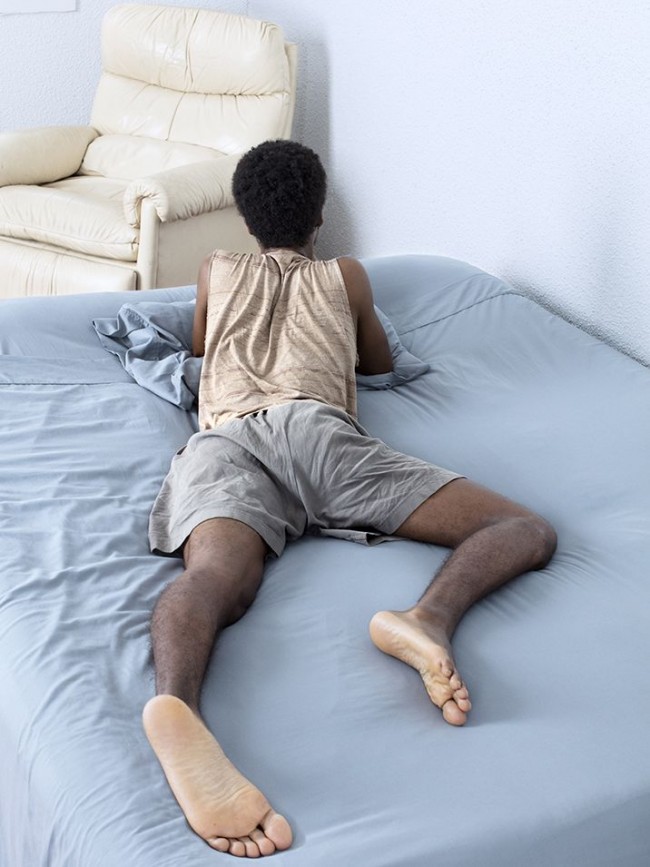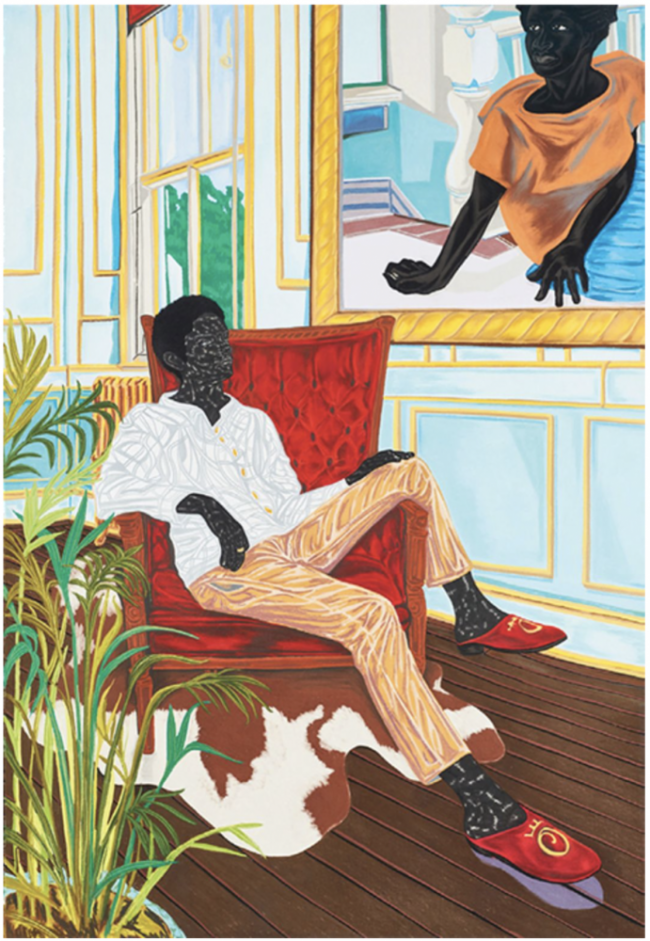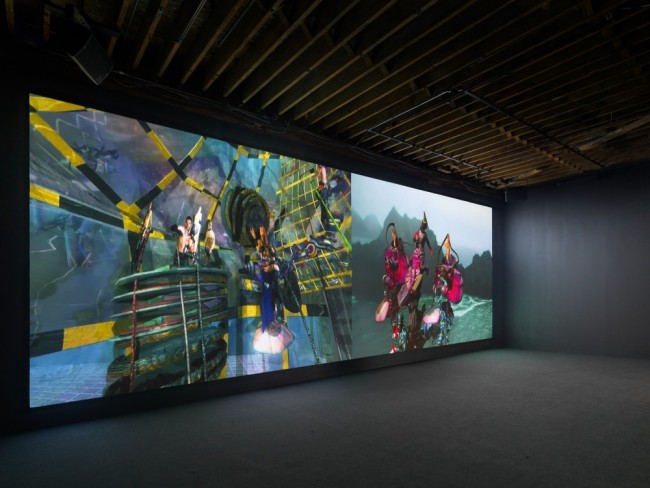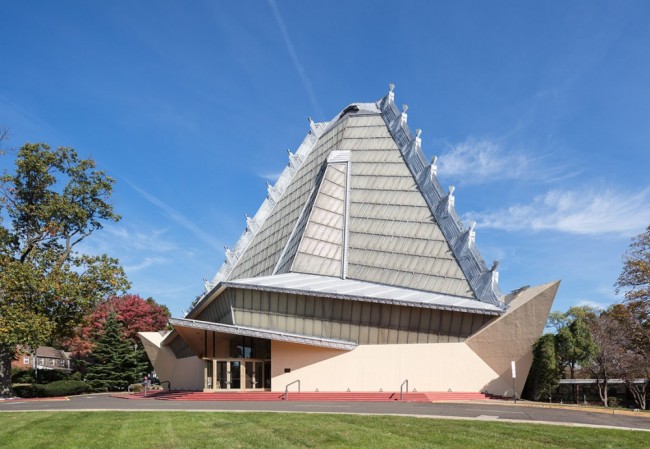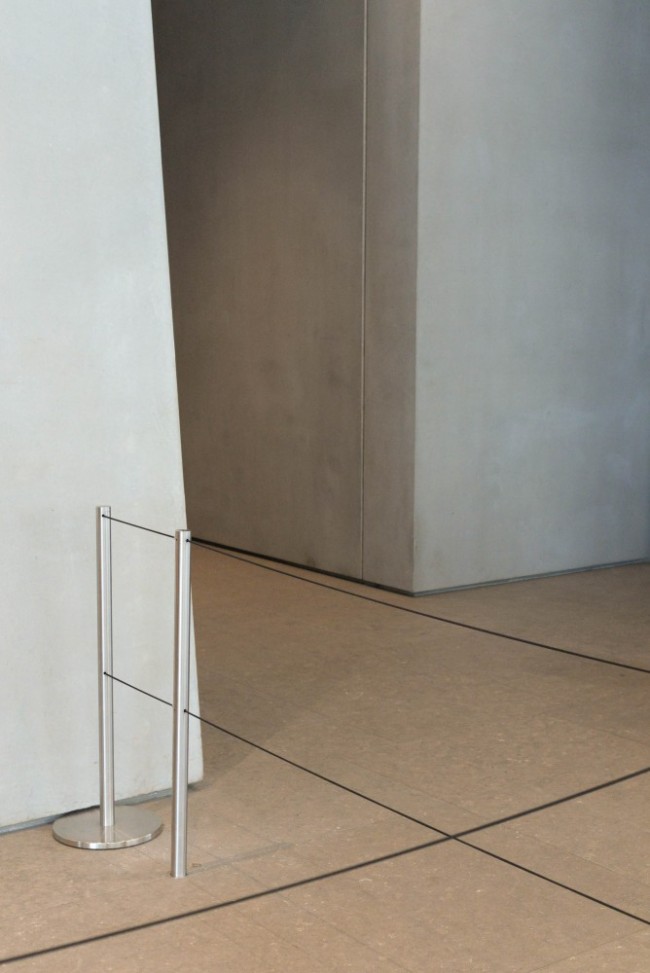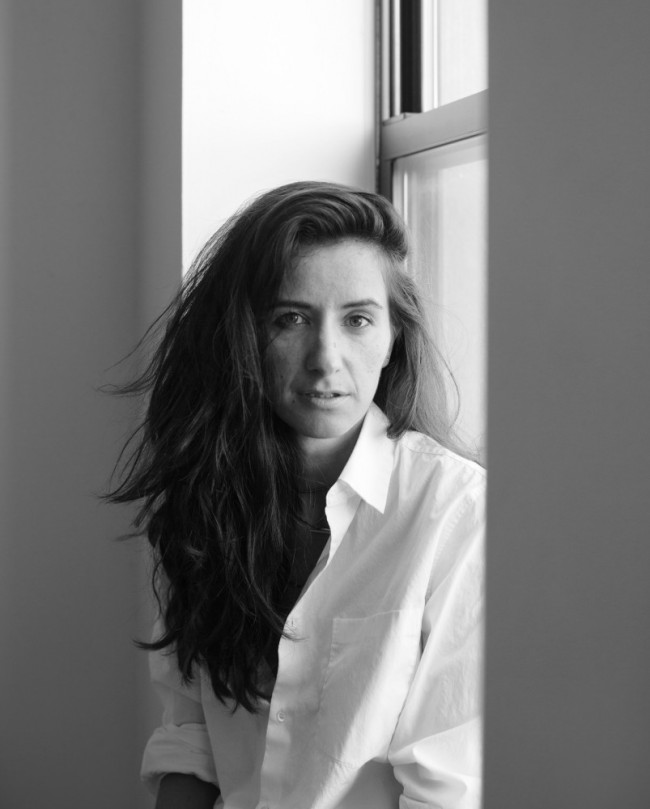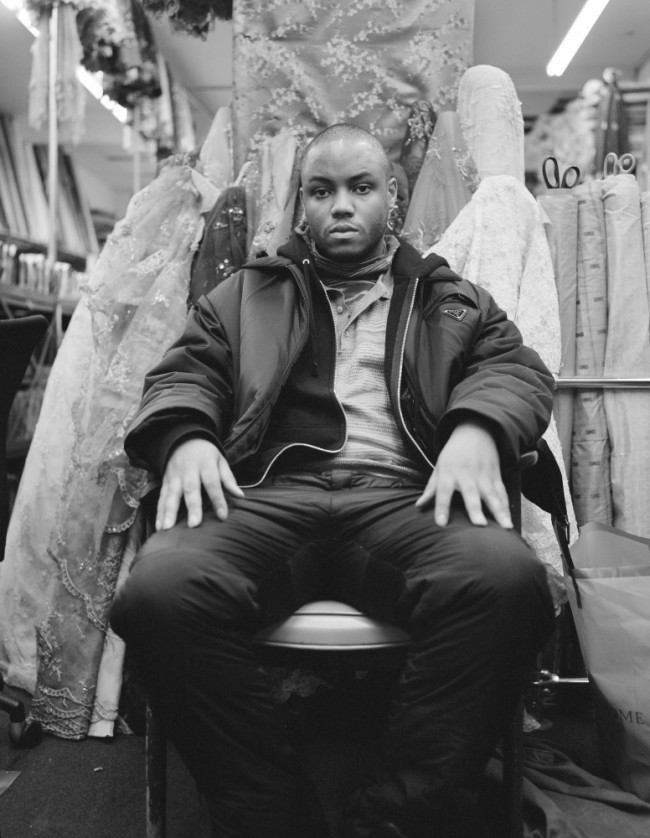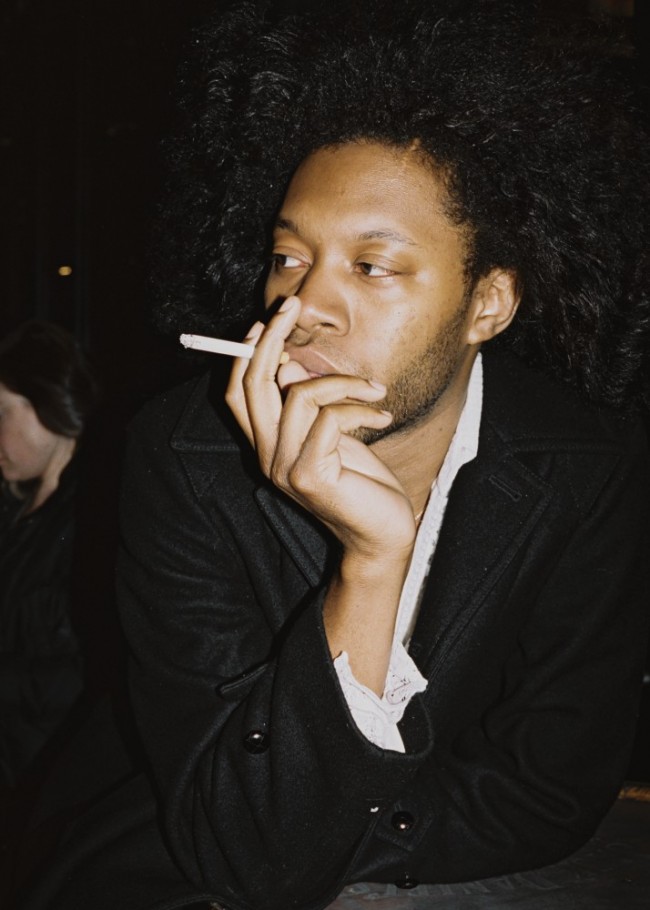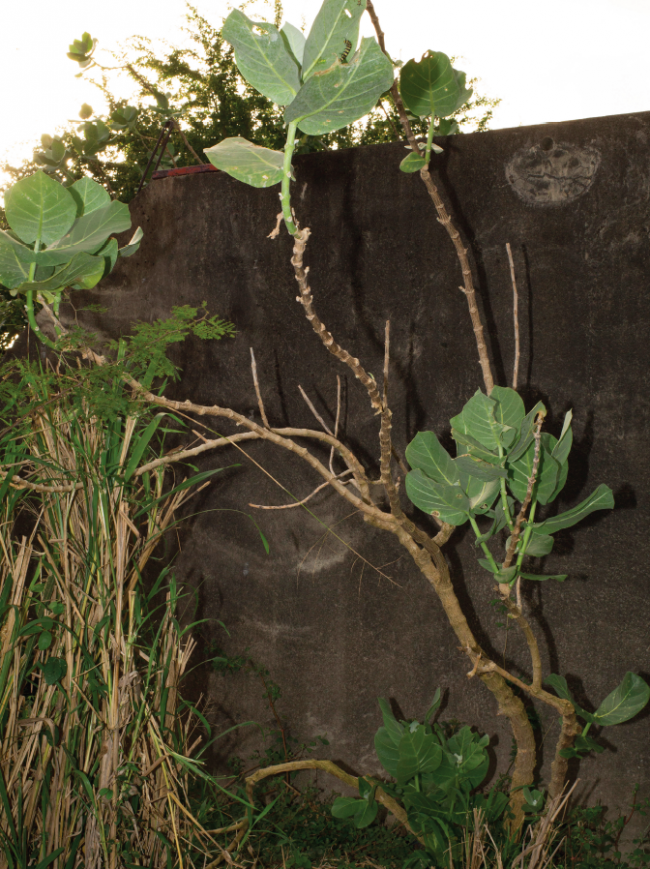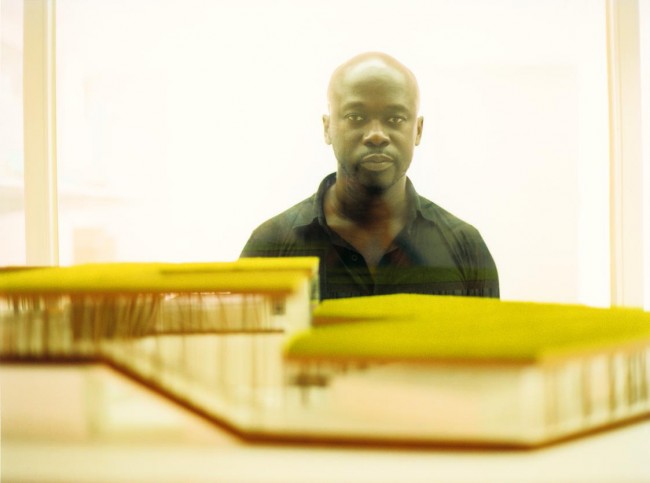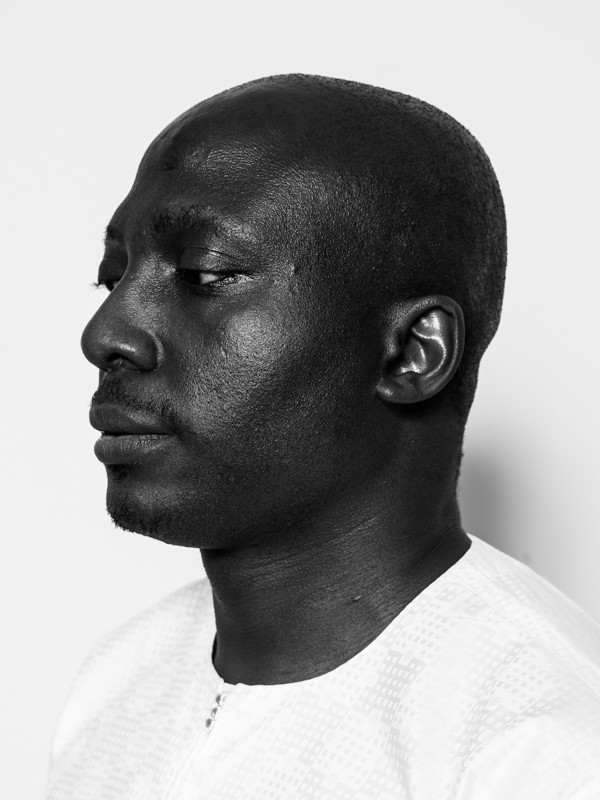RECONSTRUCTIONS PORTRAIT: J. Yolande Daniels on The Enduring Problem of Segregation
𝘖𝘯 𝘵𝘩𝘦 𝘰𝘤𝘤𝘢𝘴𝘪𝘰𝘯 𝘰𝘧 Reconstructions: Architecture and Blackness in America 𝘢𝘵 𝘵𝘩𝘦 𝘔𝘶𝘴𝘦𝘶𝘮 𝘰𝘧 𝘔𝘰𝘥𝘦𝘳𝘯 𝘈𝘳𝘵, 𝘗𝘐𝘕–𝘜𝘗 𝘤𝘰𝘮𝘮𝘪𝘴𝘴𝘪𝘰𝘯𝘦𝘥 𝘢𝘳𝘵𝘪𝘴𝘵 𝘋𝘢𝘷𝘪𝘥 𝘏𝘢𝘳𝘵𝘵 𝘵𝘰 𝘤𝘳𝘦𝘢𝘵𝘦 𝘷𝘪𝘥𝘦𝘰 𝘱𝘰𝘳𝘵𝘳𝘢𝘪𝘵𝘴 𝘰𝘧 𝘵𝘩𝘦 𝘴𝘩𝘰𝘸’𝘴 𝘱𝘢𝘳𝘵𝘪𝘤𝘪𝘱𝘢𝘵𝘪𝘯𝘨 𝘢𝘳𝘤𝘩𝘪𝘵𝘦𝘤𝘵𝘴, 𝘢𝘳𝘵𝘪𝘴𝘵𝘴, 𝘢𝘯𝘥 𝘥𝘦𝘴𝘪𝘨𝘯𝘦𝘳𝘴. 𝘛𝘩𝘦 𝘵𝘦𝘯 𝘱𝘰𝘳𝘵𝘳𝘢𝘪𝘵𝘴 𝘢𝘳𝘦 𝘢𝘤𝘤𝘰𝘮𝘱𝘢𝘯𝘪𝘦𝘥 𝘣𝘺 𝘪𝘯𝘵𝘦𝘳𝘷𝘪𝘦𝘸𝘴 𝘸𝘪𝘵𝘩 𝘦𝘢𝘤𝘩 𝘱𝘢𝘳𝘵𝘪𝘤𝘪𝘱𝘢𝘯𝘵 (𝘴𝘦𝘦 𝘣𝘦𝘭𝘰𝘸). 𝘗𝘐𝘕–𝘜𝘗’𝘴 𝘙𝘦𝘤𝘰𝘯𝘴𝘵𝘳𝘶𝘤𝘵𝘪𝘰𝘯 𝘚𝘱𝘦𝘤𝘪𝘢𝘭 𝘦𝘥𝘪𝘵𝘪𝘰𝘯 𝘪𝘴 𝘢𝘭𝘴𝘰 𝘢𝘷𝘢𝘪𝘭𝘢𝘣𝘭𝘦 𝘩𝘦𝘳𝘦. 𝘈 𝘗𝘐𝘕–𝘜𝘗 𝘱𝘢𝘳𝘵𝘯𝘦𝘳𝘴𝘩𝘪𝘱 𝘸𝘪𝘵𝘩 𝘛𝘩𝘰𝘮 𝘉𝘳𝘰𝘸𝘯𝘦.
J. Yolande Daniels is a founding principal of the bi-coastal studioSUMO and an Assistant Professor at USC School of Architecture in Los Angeles. Bridging practice with architecture’s more intangible aspects, Daniels works across sites, scales, and media, always with a firm research-driven foundation.
J. Yolande Daniels photographed by David Hartt for PIN–UP.
PIN–UP: What led you to architecture?
J. Yolande Daniels: I didn’t grow up in an environment with architects and I came to architecture in a roundabout way. My initial interest was in art — I grew up making things, drawing, and painting. I assumed I would be an artist or a writer. In college, I explored an array of subjects as my parents were losing patience with me. Eventually, after random encounters with a young architect on a job site where I was assisting my father who was a paint contractor, and a visit to the architecture school at Howard University with my family while moving my sister in, I began to consider architecture. I had the impression of architecture as both science and art, a discipline that combined many of my interests, including writing.
How has your practice evolved?
My independent practice began while I was in graduate school. Then six years later, in 1996, I received two back-to-back Whitney Museum fellowships in studio art and critical studies in their Independent Study Program. While there, I began to establish a creative practice that combined my interests and that served as a template for addressing issues of race, gender, and other forms of subordination as critical concerns in architecture. In the late 1990s, I developed a model for my independent practice that applies methodologies from other disciplines to address blind spots in architecture surrounding domination, diversity, and control of the built environment. In addition to independent design, research, and writing, since 1995 my practice with Sunil Bald has been involved with a combination of work at different scales in the public realm on everything from architecture installations, graphics, and exhibition design to interior design, housing, and institutional buildings. Our practice is non-linear and, with my move to Los Angeles, it is currently bi-coastal.
What does “reconstructions” mean to you? Both as the title of the show and as a historical or contemporary reference?
Reconstruction first refers to the period after the emancipation of African Americans who had been “enslaved in perpetuity.” To the hopes and beliefs of many upon emancipation, this also represented the promise of citizenship and the ability to build homesteads and communities and establish self-governance. Reconstruction refers to the thousands of African-American governmental officers elected and appointed nationwide and the passing of the Civil Rights Act of 1875 — which was repealed in 1883 as state rule, Black Codes, segregation laws, and the violent repression of African-Americans through rape and lynching were enforced. Reconstruction also refers to the aftermath of the Civil War and the reconstruction of the power held over Southern states through the redistribution of wealth from the South to the North, and the bargain made between them to enforce the supremacy of the white population. I get stuck on the “in perpetuity” aspect of slavery: what arrogance and effort is required to suppress a people to such a degree that the effects continue to shape lives in 2020?
Can you describe the project you are creating in response to the MoMA Reconstructions brief? Where is it and why did you choose that location?
In August 2019, I moved to Los Angeles, so the Reconstructions exhibition gave me the opportunity to further a body of research and explore a new city in depth. In previous research on the Black city and in seminars at Columbia University, I’d already begun to examine L.A. In comparison to the segregated northern and southern cities that I examined, turn-of-the-millennium Los Angeles seemed like an outlier — current demographic maps indicate that it is one of the most diverse and most segregated American Cities. The history of Los Angeles is one of multi-hued migrants. It is also a history of land grabs and the decimation of native populations. Taking the form of a 3D atlas, black city: the Los Angeles edition explores and documents Black settlement in Los Angeles from its founding, examining spatial subordination through patterns of disinvestment and the development of majority-Black cities in the late 20th century, and, re-investment and the re-emergence of majority-minority cities and states in the 21st century. Research into Black settlement in Los Angeles yields historic eventscapes of customs, policies, and laws, as well as narratives of Black community-building efforts at every stage of development, from the founding of the Pueblo de los Ángeles by the Spanish, in 1781, through California’s statehood in the United States of America in 1850 to the present day. The project builds upon a body of work — principally the urban analysis, black city — that explores the elision of the representational tropes of “Blackness” on the lives and spaces of African Americans. The research is realized as extended footnotes in the form of a dictionary that catalogues and defines relevant concepts, a city-specific glossary that is structured around stories of Black settlement in Los Angeles.
Interview by Drew Zeiba
Video portrait by David Hartt
Editing by Jessica Lin
Music by King Britt presents Moksha Black
A PIN–UP production in partnership with Thom Browne
This video is part of a series of ten portraits David Hartt created for PIN–UP on the occasion of Reconstructions: Architecture and Blackness in America at the Museum of Art (Feb 20–May 31, 2021), curated by Mabel O. Wilson and Sean Anderson. The portraits were also published in the print edition of PIN–UP 29.

